Do you have a question about the Bryant 223A and is the answer not in the manual?
Explains safety-alert symbol and signal words (DANGER, WARNING, CAUTION).
Critical warnings on electrical safety and sharp edges.
Covers location, tube sizing, routing, slack, sealing, and support.
Unpacking, inspection, and installing on a solid, level mounting pad.
Specifies unit clearances and acceptable outdoor temperature ranges.
Verifying defrost thermostat and making initial piping connections.
Warnings on line burial, evacuation, and refrigerant handling.
Guidance on sweat connections and liquid line filter drier installation.
Indoor piston setup and deep vacuum evacuation process.
Final tubing inspection and instructions for power/ground wiring.
Guidance on 24v control wiring and compressor crankcase heater.
Steps for safely energizing and starting the unit.
Describes the sequence of events during cooling and heating modes.
Explains defrost settings, quiet shift, and speedup features.
Favorable conditions for subcooling charging and overall adjustment.
Detailed charging methods for TXV and piston systems.
Verifying wiring, tubing, valve caps, securing panels, and documentation.
Providing manuals and explaining maintenance to the customer.
Emphasizes maintenance for performance and reliability.
Key facts on Puron refrigerant, pressure, and safety.
Guidelines for charging, filter driers, TXVs, and service for Puron.
Explains safety-alert symbol and signal words (DANGER, WARNING, CAUTION).
Critical warnings on electrical safety and sharp edges.
Covers location, tube sizing, routing, slack, sealing, and support.
Unpacking, inspection, and installing on a solid, level mounting pad.
Specifies unit clearances and acceptable outdoor temperature ranges.
Verifying defrost thermostat and making initial piping connections.
Warnings on line burial, evacuation, and refrigerant handling.
Guidance on sweat connections and liquid line filter drier installation.
Indoor piston setup and deep vacuum evacuation process.
Final tubing inspection and instructions for power/ground wiring.
Guidance on 24v control wiring and compressor crankcase heater.
Steps for safely energizing and starting the unit.
Describes the sequence of events during cooling and heating modes.
Explains defrost settings, quiet shift, and speedup features.
Favorable conditions for subcooling charging and overall adjustment.
Detailed charging methods for TXV and piston systems.
Verifying wiring, tubing, valve caps, securing panels, and documentation.
Providing manuals and explaining maintenance to the customer.
Emphasizes maintenance for performance and reliability.
Key facts on Puron refrigerant, pressure, and safety.
Guidelines for charging, filter driers, TXVs, and service for Puron.
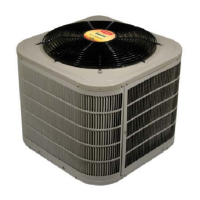
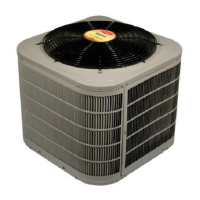

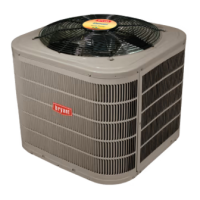
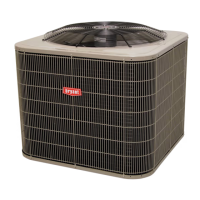
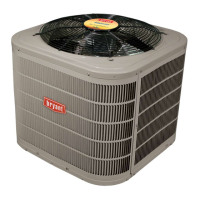
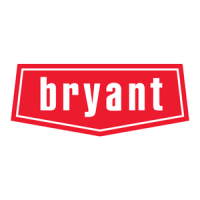

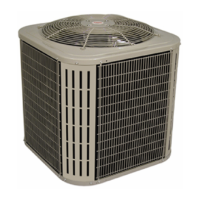
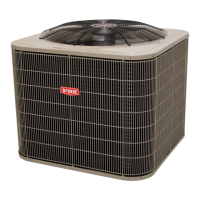


